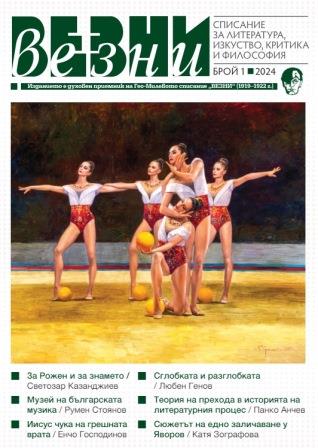
We kindly inform you that, as long as the subject affiliation of our 300.000+ articles is in progress, you might get unsufficient or no results on your third level or second level search. In this case, please broaden your search criteria.

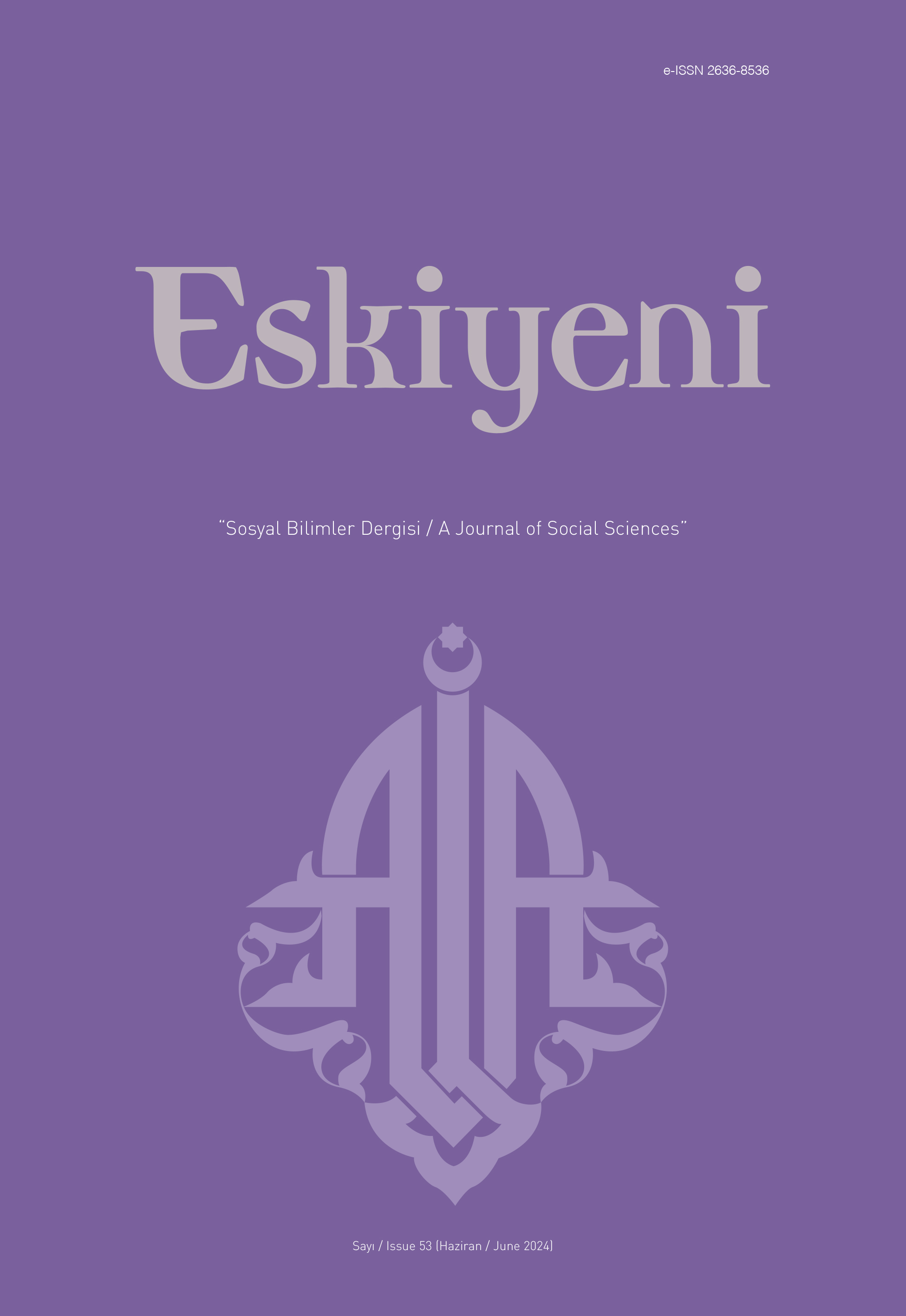
Over the years, the writing of sīrat, which dates back to the earliest times of Islamic history, has made an enormous and varied body of literature available. This literature developed through commentary-hashiyas, critique, and transmission, and even continued with the addition of thematic sub-genres. The works written in prose form, have influenced sīrat writing throughout history. During the Ottoman era, poetry gained prominence, with poetic sīrat texts being widely utilized. The sources and the method of text generation, which had a certain continuity until the modernization era, underwent a significant in this period. This rupture affected the sīrat texts of the Republic of Turkey period. A new age has been brought about by the criticism of the sīrat literature that is currently in existence using new preferences for the utilization of sources. Texts produced in a literary manner are found in this new era when many aspects of traditional sīrat writing have been abandoned. We are studying these texts authored by Alvarlı Hāja Muhammad Lutfī, who underwent classical education procedures and represented a tradition with a Sufi component. This study discusses two sections of Hāja Muhammad Lutfī’s Hulāsat al-ḥaqāyīq, which is regarded as one of the literary texts of sīrat writing: Mīrāj al-Nabī and Mawlid al-Nabī. The study begins with a brief history of the use of poetry as a writing form and source in sīrat writing, then, it emphasizes the forms of text construction, and finally, it discusses the main themes, sources, preferences, and mi’rājiya and mawlid sections of Hāja Muhammad Lutfī’s work in sīrat writing. In this way, it aimed to discuss the history of using poetry in sīrat literature, to open the poetic texts in the sīrat genre to the discussion, and for this purpose, the texts subject to the research were evaluated in terms of content, use of sources and style. As a result of the research, it has been seen that poetry, which has existed since the emergence of sīrat literature, has turned into a unique form of text construction in time and fed this literature, and that the mawlid and mi’rājiyya of Hāja Muhammad Lutfī are texts that continue the classical literature in the Republican period in terms of their sources and style.
More...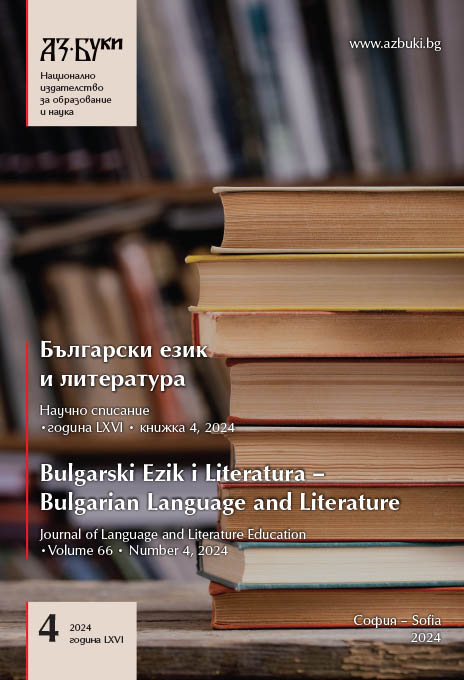
The text attempts to point out the main contributions of Alek Popov’s writing both in terms of the development of contemporary Bulgarian literature and the interest he provoked in translators of Bulgarian literature. The most important characteristics of Popov’s handwriting – convertibility, multilayeredness, humour, satire, irony, and skill in plotting – are also pointed out. Special attention is paid to his rehabilitation of the genre of the short story, as well as some of his cult novels – Mission London and the two-volume work on the Palaveevi sisters.
More...


The proposed article is dedicated to the literary theorist, methodologist, teacher Prof. Alexander Panov. The text examines part of his scientific production, with the main focus being on his latest book “Yordan Yovkov – the art of storytelling”, which examines in a theoretical aspect the latest theoretical positions related to narratology. Some of his analyzes Prof. Al. Panov offered to the magazine “Bulgarian Language and Literature” – “Albena”, “Indje” – so the basis of the book was already laid in the main methodical edition. Emphasis is placed on genre purity, which the researcher insists on, and the theoretical statement that the reader is an active figure in the act of reception, a part of the communicative process creating the literary work, is followed. The main problem is dialogicity, which must be achieved and the feeling of relative freedom in this communication in order for it to become co-communication and co-existence.
More...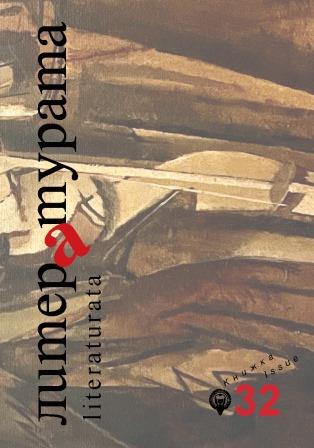
The article tries to answer the question of what causes the birth of theater as a specific artistic practice. The main thesis is that unlike narrative and performative genres, whose emergence requires an intermediate phase in the transition from mythological thinking and ritual practices to specific artistic activity, theater is born directly from ritual. The main reason for this is the need to move from the idea of a stable world order, the confirmation of which is the main task of the ritual, to the awareness and understanding of the fact that between this stable order and man, contradictions may arise. There are two reasons for this. According to the first hypothesis, the world order is good and just, but man intentionally or unintentionally violates it, which leads to suffering. To restore harmony, man must suffer punishment and perform sacrifice. According to the second hypothesis, evil forces temporarily gained the upper hand in the good and just communist order. Therefore, man must find a way to overcome them in order to restore harmony. Within the framework of the ritual festivals held in the Athenian polis, these two hypotheses were played out in special performances that preserved many of the characteristics of the ritual, within a single theatrical- ritual action. In the subsequent development of this quasi-ritual action, the specific theatrical genres of tragedy and comedy were born.
More...
This article explores the use of mimesis and mimicry in Sophocles’ Philoctetes (409 B.C.), focusing on Odysseus’ dramaturgical role through three interconnected critical moves. It foregrounds the figure of Odysseus at the play’s periphery to investigate his hitherto overlooked theatrical functions. Second, it conducts a close reading focused on aesthetic register rather than ethical considerations. Finally, it explores how one of Odysseus’ opening speech functions as a metatheatrical treatise on ancient acting techniques. By analyzing Odysseus’ role, the article elucidates how ancient Greek theatre conceived the actor’s craft of voice modulation, masks, and embodiment of passions. The paper concludes that tragedians, through their characters, engage in deception, mimicry and manipulation, challenging the audience’s perception of truth. It emphasizes the directorial insight and interpretation required to navigate conflicting narratives and highlights the actor’s ability to assume multiple identities and the art of non-identity. The study illuminates how theatrical virtuosity entailed a fluid mastery of self and non-self, as exemplified by Odysseus’ protean abilities.
More...
The article examines the reception of the dramatic poem “Peer Gynt” (1867) by Henrik Ibsen in Bulgaria. For this purpose, it traces the presence of the Norwegian playwright on the bulgarian stage from the first production of his play (“Nora”/“A Doll’s House”) in 1897 until today, analyzing the changes in the interpretation of his texts in different historical periods. In this context, the study focuses on the several attempts of Bulgarian directors and companies to show Ibsen’s early philosophical drama on stage. “Peer Gynt” has six productions in Bulgaria, the first of them was in 1922, and the latest one appeared exactly 100 years later, in 2022. This is the performance of the director Katya Petrova and the troupe of Sofia Theatre, which also stands as the most significant theatrical reading of Ibsen’s iconic text until now.
More...
In the article, in a comparativist and anticipatory mode of interpretation, are substantiated the convertible and non-convertible moments of the poetics of a literary work in bringing / adapting it to the theater stage. Choosing the classic novel in Bulgarian literature of the 20th century – “Antichrist” by Emiliyan Stanev – the author examines it in a multidirectional perspective: as a text claiming to be historic and reflecting the peoples psychology in the sublime moment before falling under Turkish dependence in the 14th century, and as a theatrical version in Stiliyan Petrov’s performance at the Ivan Vazov National Theater from the end of 2023. The subject of discussion is the principle of transfer from the book to the stage and the possibility of the theater as a medium updating the mental self-awareness of modern Bulgarian society through the problem of identity. In a broader context, the article attempts to problematize the complex and ambiguous relationship between theater and literature in its modern dimensions.
More...
The text offers an overview of the development and state of Bulgarian literary and theoretical thought in the last fifty years. It traces the schools, conceptual ideas, and traditions in the study of literature over an ambitious half-century span of time, featuring biographical texts by contributing literary theorists and connoisseurs of literary poetics and stylistics. Specific analyzes of works from Bulgarian and world literary classics are also proposed, illustrating the directions and trends in the development of Bulgarian literary and scientific thought. The main representatives from several generations of literary theorists, known not only to Bulgaria, but also to Europe and the world, have been selected. The concrete results are outlined, as well as the perspectives in the development of literary theory in Bulgaria and in general – the future of literary poetics and stylistics in the world of new media and the changed receptive and creative realities.
More...
The following article offers a possible reading of the cycle “Under the Monastery Vine” by Elin Pelin as a kind of literary re-incarnation of the medieval genre patericon, also known as “exampla”. Elin Pelin’s text is as well placed in the wider context of the phenomenon of “medievalism” in order to set a direction for interpreting both the phenomenon and the specific literary text.
More...
Book Review: Попилиев, Ромео. Светът като воля за песен или Модернизмът на Петко Ю. Тодоров. Бургас: ИК „Знаци“, 2023. 256 с. ISBN 978-619-7707-18-2.
More...
The integration of ontological vectors, existential trajectories, psychological states, and material and immaterial substances is a philosophical-artistic reflex in Olga Tokarczuk's work. Integrative strategies, interweaving three fundamental categories—Time, Dream, and Death—outline the future as enlightened knowledge, a bright perspective, a gateway to a new, transformed Life, thanks to the universal need for the reprocessing and improvement of every substance, through the universal energy exchange for the arrival of new vitality. The author's intuition is at the core of integrative strategies, which detects their foundations. Time is an omni-integrative functor that combines intra- and inter-integrative functions, simultaneously integrating its elements and other entities and categories. Space is one of the ontological statuses of Time. The cyclicity of Time as an integrative whole generates Immortality and thus integrates with Death as a prelude, a step towards Immortality — time and Space exchange integrative impulses. Space is a visual illustration of Time, and Time makes Space more plastic. Our common movement in spacetime provokes our shared dreams. The world as a titanic dream is also an omni-integrative construction. Dream integrates Life and Death, depicting our communication with them in a series of images. Life, Death, and Dream form an integrative trio, where the three categories exchange impulses: Life, through Dream, resembles Death; Dream is somewhat synonymous with Death, and Death is akin to Dream. The study aims, based on Olga Tokarczuk's ideas aesthetically woven into the fabric of her works, to discover the integrative strategies of key philosophical categories and prove their perspective on the existential path of humanity. Methods used include analytical-integrative, cognitive-semantic, and comparative methods, drawing on individual works of the author.
More...
The current study focuses on some of the transformations of the lyrical subject in contemporary Slovak poetry after 1989. The chosen authors are representatives of the so-called Text Generation – a poetic group defined by the Slovak critics – and appear to be key figures in the development of postmodernism in Slovak context. Peter Macsovszky is considered a leading postmodern poet in literature after 1989, and Michal Habaj is seen as his follower calling himself ‘a big epigone.’ The main problem investigated in their works is the reduction or the negation of the category of the self. Both authors made their literary debuts in the '90s and are seen as part of the experimental-deconstructional line in Slovak poetry. Their books ‘Fear of Utopia’ and ‘80-967760-4-5’ include self-referential texts in which the poets play with the categories of author, subject, and literature itself. The interpretation of the selected works is based on the authors’ concept of writing as an act of constructing a text reality enclosed within itself and reflecting on the literary terminology which is made by. Their works not only reflect on intertextuality as a literary concept, but in the case of Michal Habaj try to be tendentiously intertextually connected to works by Peter Macsovszky. In the texts, we see the reduction of the self to a grammatical form as leading to something of a disappearing lyrical subject.
More...
The article studies the issues of russian rock poetry in terms of linguocultural analysis. Diana Arbenina is a Russian rock poetess, the leader of the rock band “Night Snipers” /Ночные снайперы/. Besides songs and lyrics, Arbenina writes poetry and prose. Over the years of her career, Diana Arbenina has created more than 460 songs and poems which she prefers to call "anti-songs." The article aims to identify the anti-songs of Diana Arbenina in the context of modern humanitarian knowledge. The terms “rock text” "poetry", and idiolect are specified. The article addresses a rock text and rock poetry as a complex synthetic phenomenon and concludes that the texts of Diana Arbenina are closely associated with poetry, melody, musical rhythm, and vocal. The accent in the article is devoted to analysis of the Arbenina's anti-songs and contains the description of lexical and syntactic features of her texts, examples of language game, specific features of intertextuality references in the context of nowadays Russian rock poetry.
More...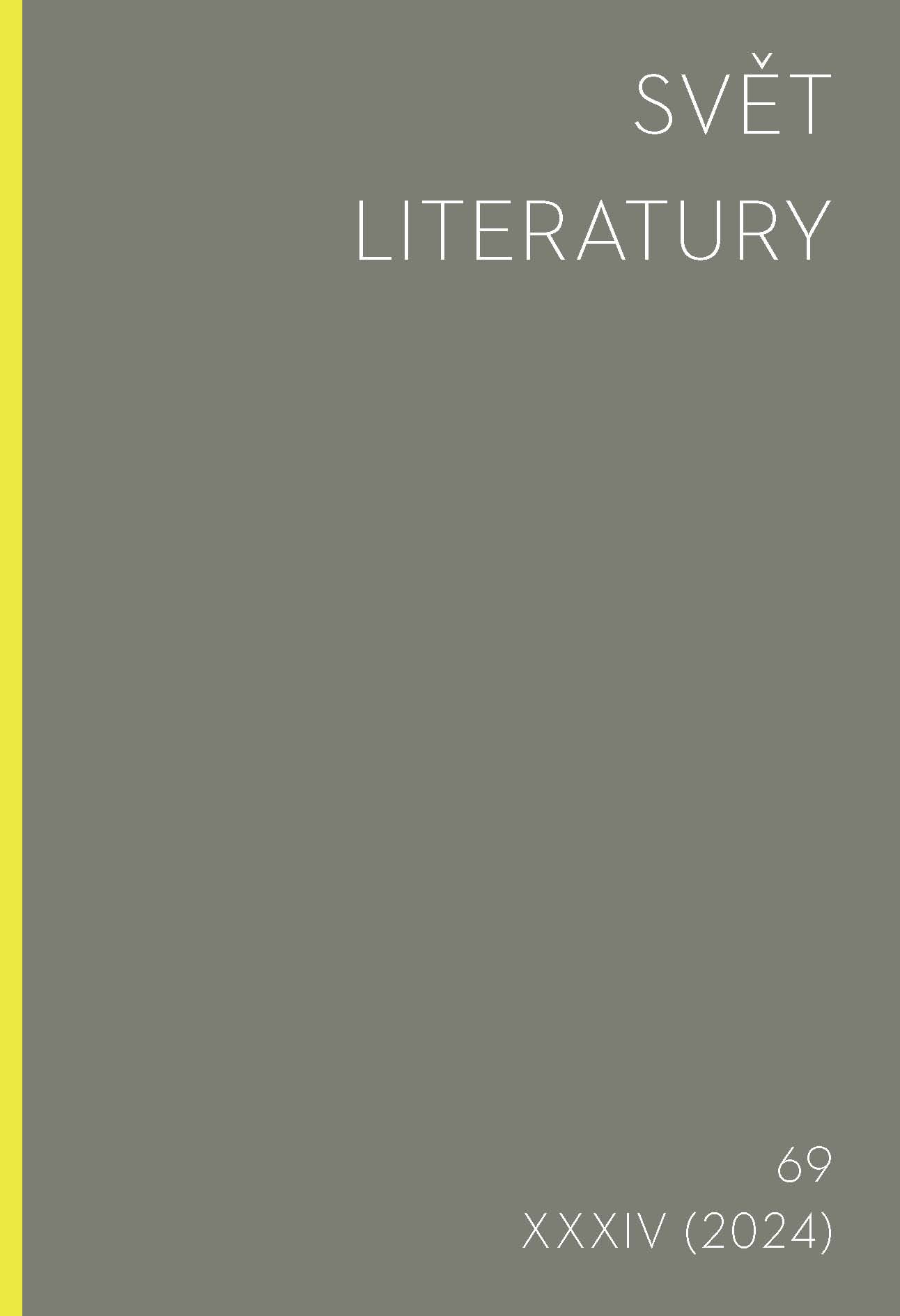
The study focuses on three authors of contemporary Hungarian literature who enter into a dialogue with Kafka’s texts through intertextual references and elevate these intertexts to the level of textforming elements in their own works. It examines Kafkaesque intertexts in Péter Esterházy’s Indirect (Függő) and The Book of Hrabal (Hrabal könyve), Mihály Kornis’s drama Punishments (Büntetések), Szilárd Borbély’s poetry collection Berlin — Hamlet and his posthumously published fragmentary novel Kafka’s Son (Kafka fia). Based on the analyses carried out, it can be concluded that Kafka’s significance for contemporary Hungarian literature is not limited to the simplistic category of literary influence, but involves multifaceted and complex interactions that, in the case of all three authors under study, are related to the desire to transcend the prevailing literary discourse.
More...
Literary echoes of tragic events, deeply rooted in the collective memory of some nations or ethnic groups, very often represent the basis of their overall concept of identity. This trauma of the difficult construction of a sense of belonging (especially the experience of exile, diaspora, expulsion, loss of homeland, ethnocide, genocide, etc.) is reflected not only in the works of the generation concerned but also of later generations, deeply influenced by transmitted perceptions of trauma. Coping with the question of belonging to several worlds, cultures and languages — and sometimes to none of them completely — results in a specific form of literary processing and also requires a specific approach to literary analysis and to the translation of trauma poetry. The Armenian topos of pandukht or gharib (exile) should be understood within a broader context of the traumatic past and its subsequent interpretations. Key cultural words as stigmas of traumatic past, leaving intangible traces through narratives, represent an essential vector of collective memory here. The landscape description is emotionally invested and it could be perceived as a rhetorical expression of extremely disruptive experience. Focusing on Armenian women poets, whose works influenced the literary landscape of Armenia and Armenian diaspora in the second half of 20th and the beginning of 21st century and concentrating on their prevailing topoi, the role of memory in the shaping of trauma and its representation in poetry will be more obvious. In the case of female poets from the diaspora, their poetry should be read within the frame of their exilic experience as a kind of postmodern itinérance. The textual analysis of their poems perceived through trauma lens could bring a significant contribution to trauma studies theory in general as well as to gender studies within the Armenian context.
More...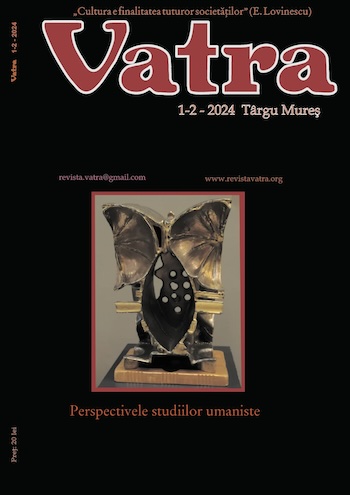
This article by Ruxandra Cesereanu offers a detailed hermeneutic analysis of the poem "Ulise" by Benjamin Fondane, exploring the complex interplay between the poet's biography, philosophical influences, and the existential themes in the poem. Cesereanu's interpretation weaves together biographical elements of Fondane, comparisons to Arthur Rimbaud filtered through the philosophies of Søren Kierkegaard and Lev Shestov, and the portrayal of Ulysses as a wandering existentialist Jew. The article examines critical perspectives on the poem, particularly those of John Kenneth Hyde, Monique Jutrin, William Kluback, Jad Hatem, Olivier Salazar-Ferrer, and Gisèle Vanhese, highlighting the poem's philosophical, existential, and poetic dimensions.
More...
The essay examines the philosophical and theological reflections of Fyodor Dostoevsky, particularly focusing on the dual nature of Jesus Christ as both God and man. The discussion delves into Dostoevsky's letters, his contemplation of Holbein's "Dead Christ," and the existential and theological crises that these reflections engendered. The article also explores Dostoevsky's interactions with contemporaries and his engagement with philosophical and religious thought, highlighting the evolution of his ideas about divinity, humanity, and the search for meaning. The narrative provides insights into the complex interplay between Dostoevsky's personal experiences, his literary works, and his philosophical inquiries.
More...